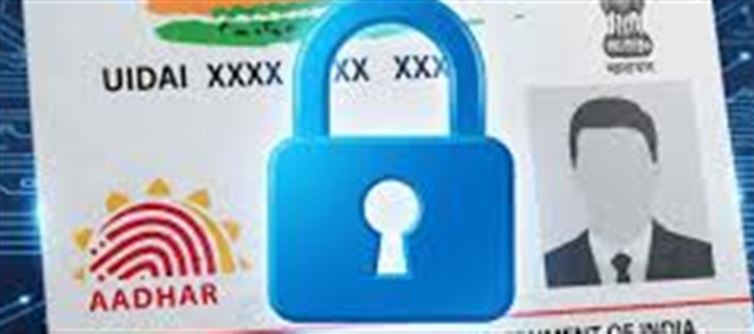
Your Aadhaar card is one of the most critical identity documents in India. But if it’s lost, stolen, or falls into the wrong hands, it can be misused for fraud — from illegal SIM card issuance to fake bank accounts. The good news is that the UIDAI (Unique Identification Authority of India) allows you to lock your Aadhaar number online to prevent misuse. Here’s how you can do it.
🧾 1. Understand What Aadhaar Locking Means
When you lock your Aadhaar, your 12-digit Aadhaar number becomes unusable for authentication. Instead, you can use your Virtual ID (VID) for all services. This ensures that no one can misuse your Aadhaar number even if they have a copy of it.
🌐 2. Visit the uidai Website
Go to the official uidai portal: https://myaadhaar.uidai.gov.in/
Click on “Lock/Unlock Aadhaar” under the Aadhaar services section.
You can also use the mAadhaar mobile app for the same process.
📲 3. Enter Aadhaar or Virtual ID
Provide your Aadhaar number (or 16-digit VID) and the security captcha displayed on the screen.
Click “Send OTP” to receive a one-time password on your registered mobile number.
✅ 4. Authenticate & Lock
Enter the OTP received and confirm the request. Your Aadhaar will be locked instantly. You will receive a confirmation message on your mobile number.
🔑 5. Unlock Anytime When Needed
If you need to use your Aadhaar for a service (like eKYC at a bank), you can temporarily unlock it using the same portal or mAadhaar app. Once done, you can lock it again for safety.
🛡️ Pro Safety Tips
Generate and use a Virtual ID (VID) instead of sharing your Aadhaar number.
Never share OTPs with anyone claiming to be from UIDAI.
Regularly check your Aadhaar authentication history on the uidai website to spot suspicious activity.
🔔 Bottom Line: Locking your Aadhaar is a quick, free, and powerful way to protect yourself from identity theft and fraud. If you lose your card or suspect misuse, act immediately.
Disclaimer:
The views and opinions expressed in this article are those of the author and do not necessarily reflect the official policy or position of any agency, organization, employer, or company. All information provided is for general informational purposes only. While every effort has been made to ensure accuracy, we make no representations or warranties of any kind, express or implied, about the completeness, reliability, or suitability of the information contained herein. Readers are advised to verify facts and seek professional advice where necessary. Any reliance placed on such information is strictly at the reader’s own risk..jpg)




 click and follow Indiaherald WhatsApp channel
click and follow Indiaherald WhatsApp channel